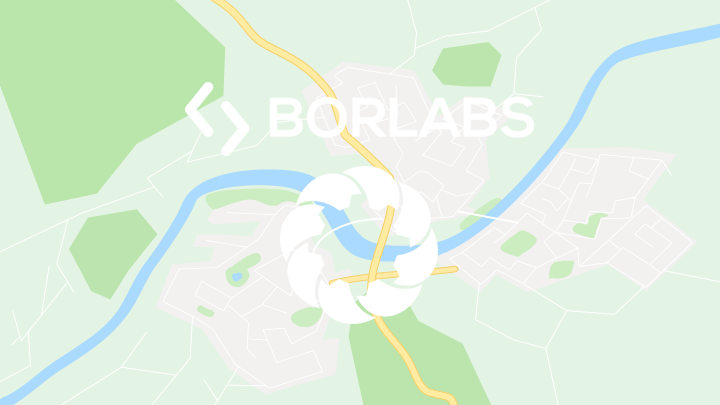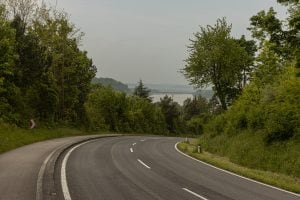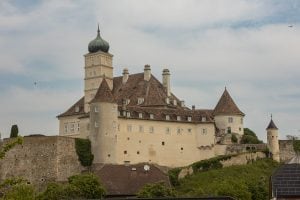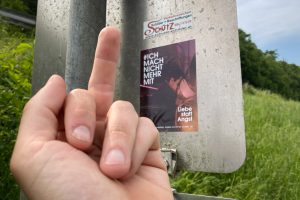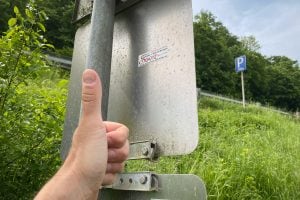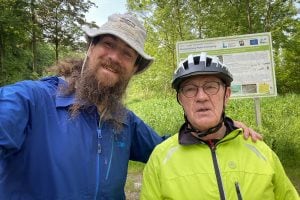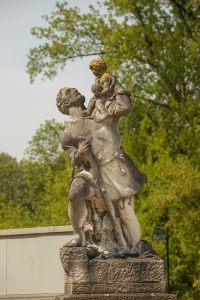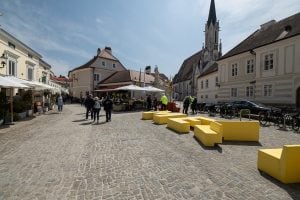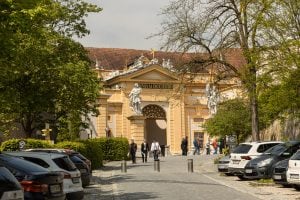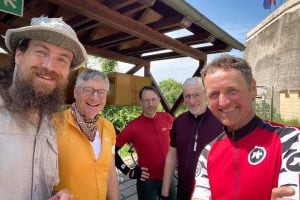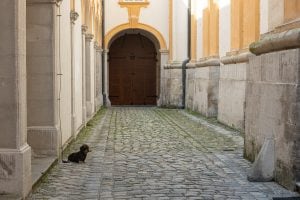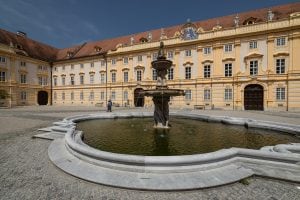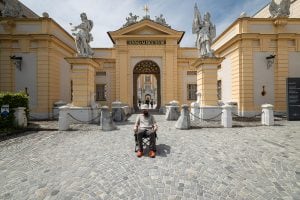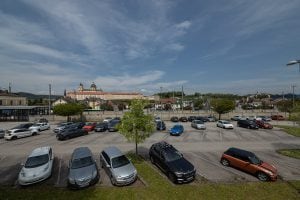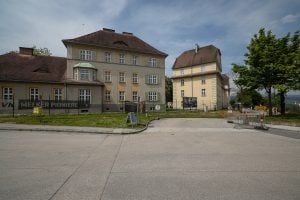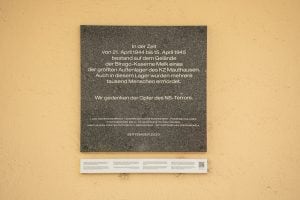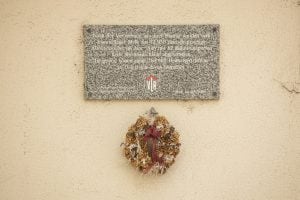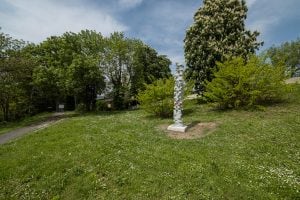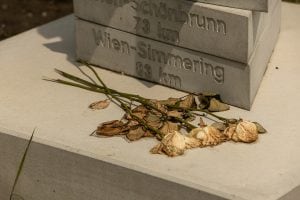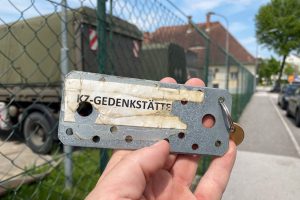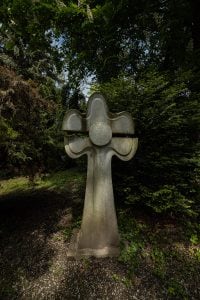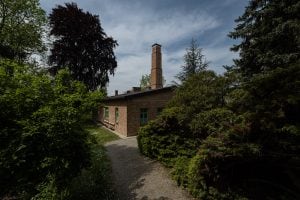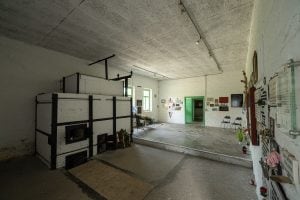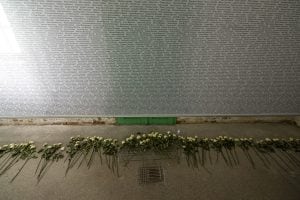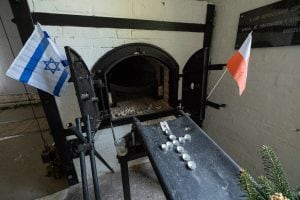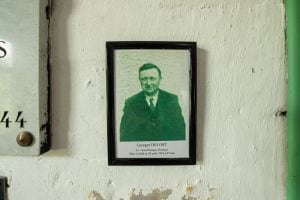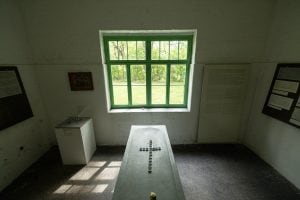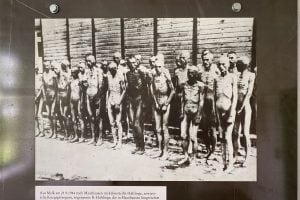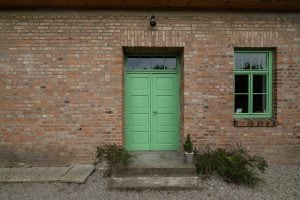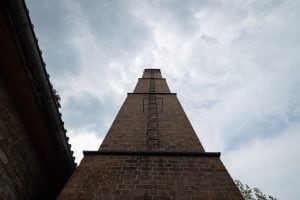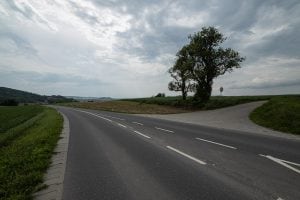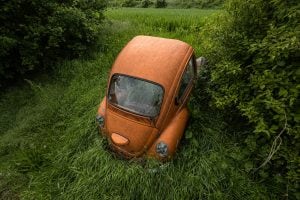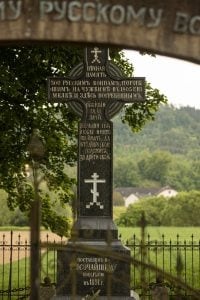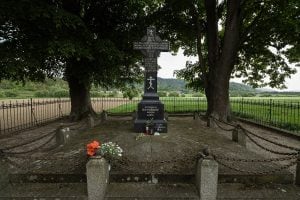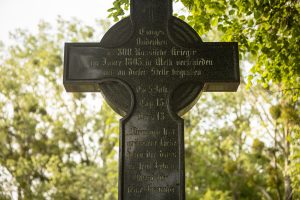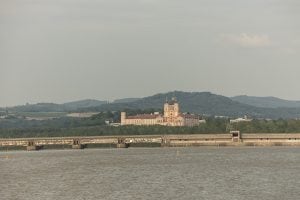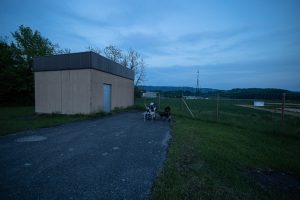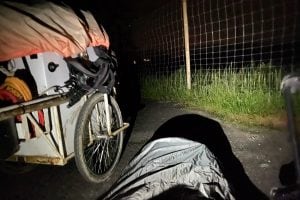crematorium
This post is about an 18km walk from Schönbühel to Freiningau. I visit Melk Abbey and the Melk Concentration Camp Memorial.
The night had been difficult. First there was the slope where I had set up the tent: it kept causing me to slide down from my ground pad. Then there was the wind: all night it kept attacking the tent, sometimes violently shaking it. And finally there was the tiny elephant: it kept trumpeting its sadness from inside the monastery.
Melk Abbey
It took me almost two hours to get to Melk Abbey. First there was a statue of St. Christopher, my patron saint, then I passed a Chinese restaurant and entered a pedestrian zone. I heard American tourists, Japanese, Korean, and Chinese, and a bunch of Germans.
It was a short climb to the abbey, and when I arrived, there was a long bicycle rack for parking. I parked the Caboose and went in.
The Abbey was from the early 1700s. It had a flamboyant, apricot-colored baroque style that seemed to scream the word money. Whoever built it must have been loaded.
no tour
I walked around in the courtyards for a little while, but I didn’t buy a ticket to see the inside. Sure, the library was supposed to be stunning, and the abbey housed the grave of an Irish Saint who had been hanged here in the 11th century while passing by on a walking journey. But I didn’t want to leave the Caboose alone for too long. Also, I wanted to go somewhere else before I continued on my walk from Schönbühel to Freiningau.
getting the key
The Melk Concentration Camp Memorial was about 20 minutes away, and it meant another climb. When I got there I saw a building with a smoke stack and a locked gate. There was a sign on the gate telling me to go back to the army barracks around the corner. I would get the key there.
The memorial was a crematorium. Thousands of victims’ bodies had been burned there, and several wreaths outside were testimony to their nationalities: French, Polish, Slovak, Russian…
in the crematorium
I stepped in through a green door. The oven was there, dominating the room. It was decorated with flowers and the flag of Israel. Behind it was a wall with names on it, hundreds upon hundreds of names. All of them had died, worked to death, tortured, beaten, hanged, and shot, in the concentration camp of Melk.
Then I noticed the pictures on the walls. They looked as if the relatives of some of the victims had put them there. MY FATHER some of them said, or: MY GRANDFATHER. All of them said: DIED IN MELK. It felt very personal.
Vergangenheitsbewältigung or: giving back the key
On my way back to the barracks to return the key, I noticed that there were two stone tablets on the barrack walls facing the street. One of them was from 2020, and it said that the barracks had actually been part of the concentration camp, and that people had perished there. The other one was from 2010 and it spoke of German refugees from the Eastern territories who had been housed there after the war.
Took them 65 years, I thought, to think of their compatriots.
Took them 75 years to think of the actual victims.
pictures
the walk from Schönbühel to Freiningau:
